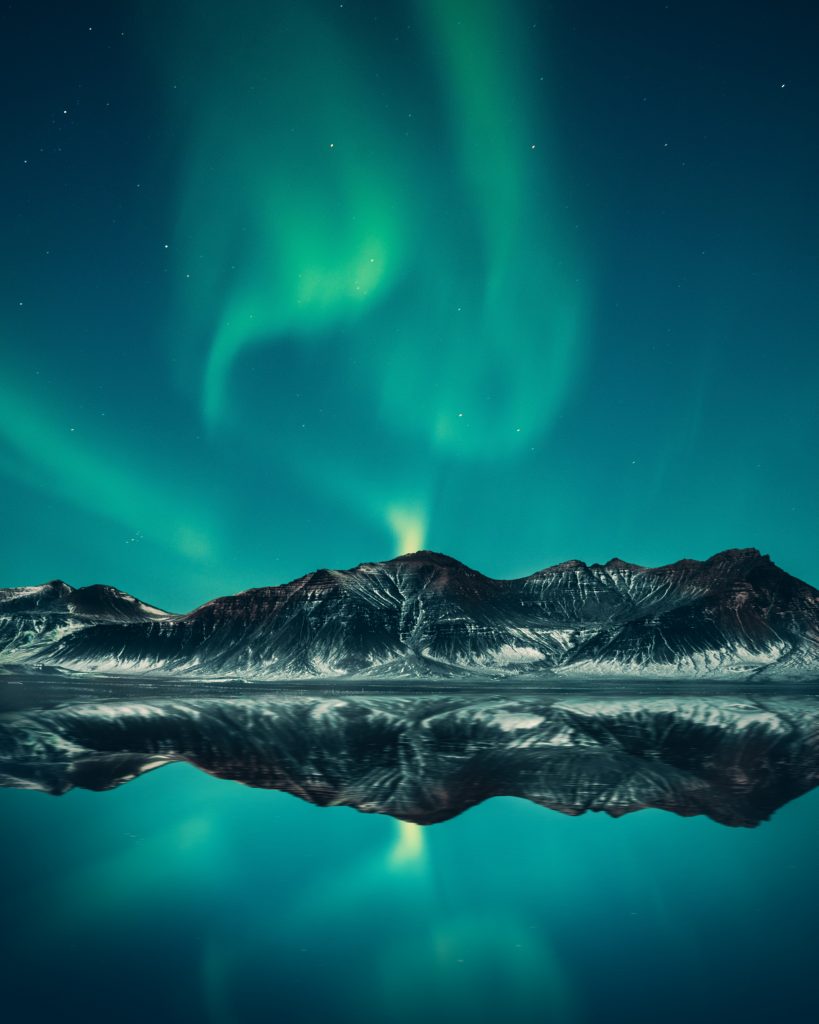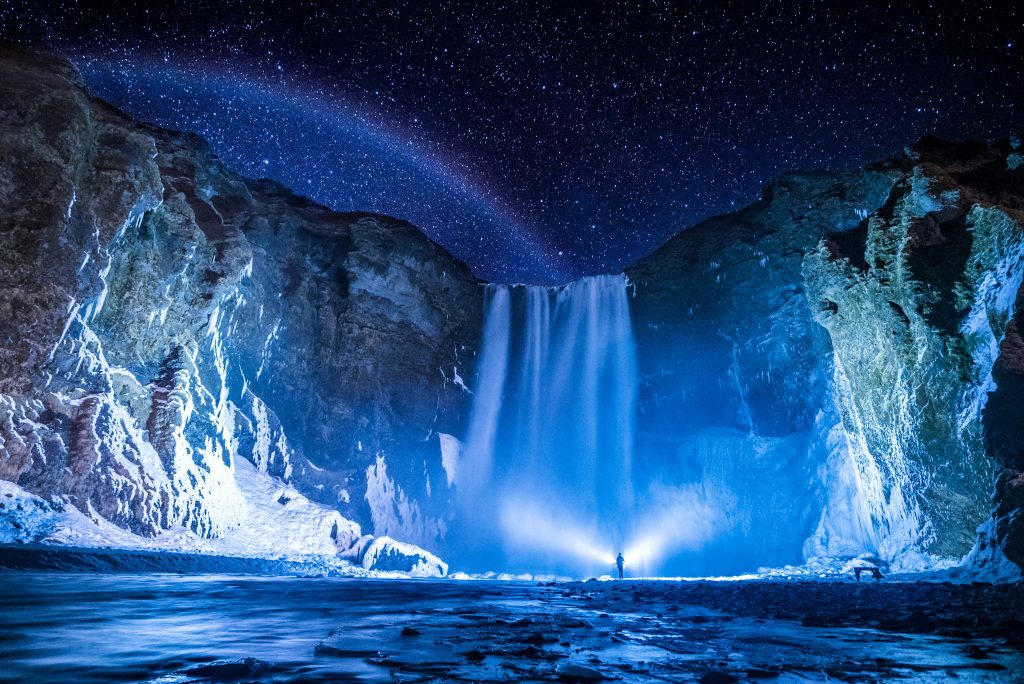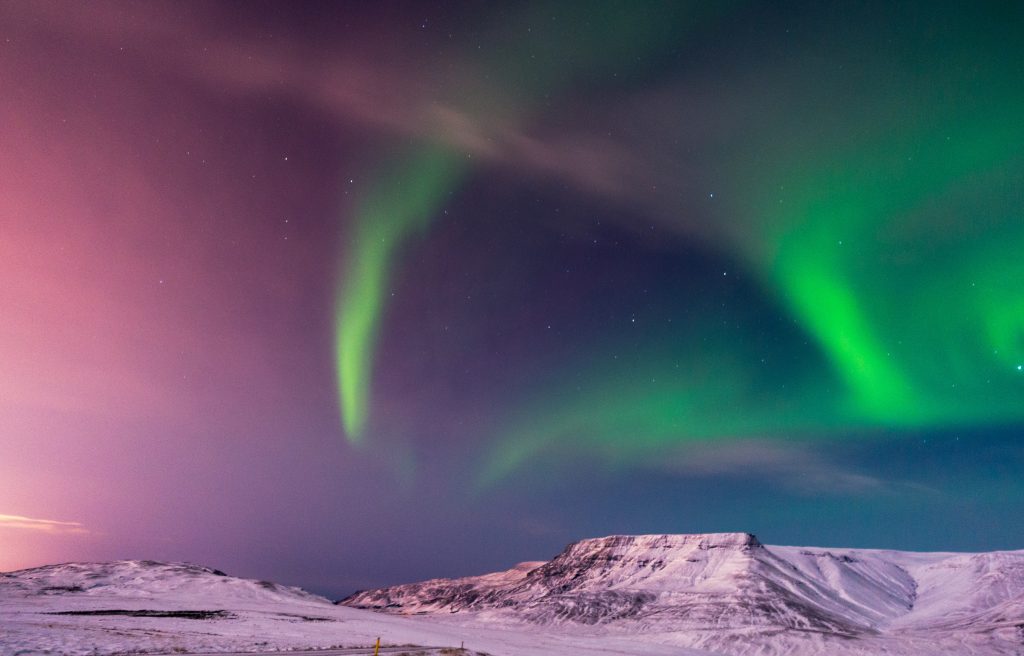Iceland’s natural beauty is unmatched — this Nordic country is known for its long days and nights, its landscapes that seem to be pulled from a fantasy novel and, of course, the elusive northern lights.
Aurora borealis, the scientific name for the lights, occurs in the upper latitudes of the Northern Hemisphere, dancing across the sky in shimmering hues.
Nature lovers and adventurers across the globe long to see this dazzling display of nature’s beauty — now it can be done in comfort and style.
Come and stay, to watch the stars, in Iceland’s glasshouses.

Panorama Glass Lodge is an Icelandic company that offers luxury accommodation across Iceland and — you guessed it — the walls and ceilings of your bedroom are made of glass, offering panoramic views of the surrounding countryside and sky.
Inspired by Scandinavian cottages — these glasshouses are built far from one another, giving guests the privacy they need while offering incredible views. The combination of wood glass and steel makes the lodges feel both like comforting cabins and modern luxury rooms.
The German-Swiss couple that started the family-run business has committed to sustainability and using materials and electricity in a fashion that will not harm the cottage’s natural surroundings.

So, what is in store if you stay in these remote glass-domed houses? Well to get remote — you must be on your own.
The accommodation is unmanned and there is no reception. Guests will be truly alone. However, amenities including a full kitchen, spa-like rainfall shower and outdoor barbecue are all included.
Each house has an outdoor hot bath and a view over Hekla Volcano, the Icelandic Highlands and a beautiful natural river.

The semi-igloos are in one of the best locations to see the northern lights, which is Hella, in the south of Iceland — about an hour and a 40-minute drive from the capital Reykjavik. This limits light pollution making the lights all the more visible.
Less conventional but no less enjoyable, guests could come in the summer to enjoy Iceland’s famed midnight sun, although your chances of seeing the lights then are slim.
Viewing the northern lights requires a clear-cloudless night sky. The best time for this is the Winter, especially from late September to late March when it is dark most of the day.
For those wanting to increase their chances of seeing Iceland’s aurora borealis, stay during the nearly completely dark months of November to January.

Iceland is a beautiful country with so much to offer, it is common to rent a car and drive cross country — don’t worry, it’s not that big.
Stopping in Hella, in the south of Iceland, at these remote glass cabins in the vast wilderness is one of the best ways to catch a glimpse of the elusive northern lights and should certainly be on your agenda for your next Iceland trip.


